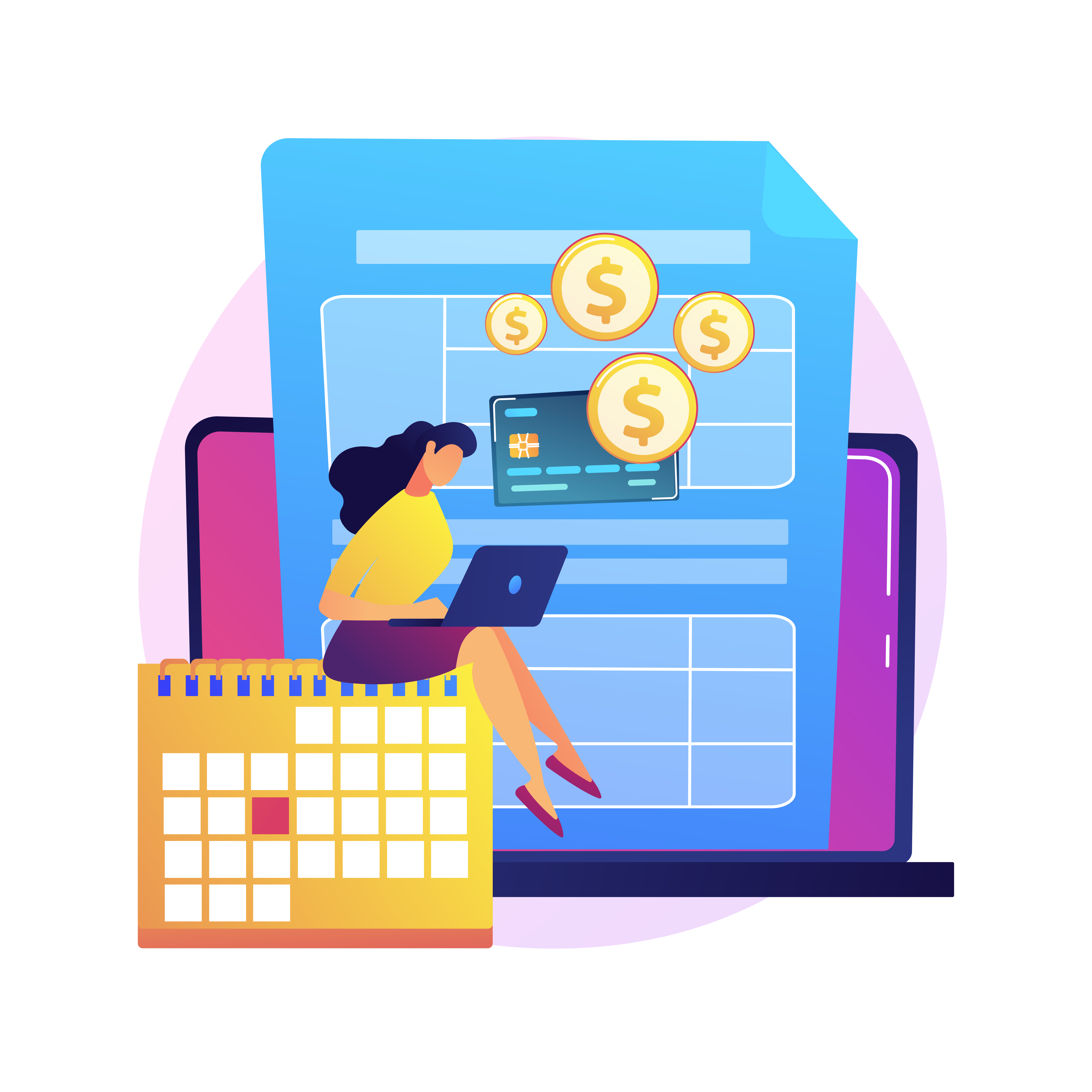Avoiding Costly Overdraft Fees: 6 Strategies for Financial Protection

Pay a balance owed abstract concept vector illustration. Making credit payment, pay owed money to a bank, irs balance due, debt consolidation and management, taxpayer bill abstract metaphor.
If your financial management skills are poor and you do not keep track of your monthly expenses, you might come across an overdraft fee that is expensive.
An overdraft fee is charged by a financial institution if you make a transaction that is higher than your account balance.
It makes your account balance negative, and the bank issues an overdraft fee as a penalty for negligence.
It is not a one-time fee and is charged if you keep making transactions through the negative bank account.
An overdraft fee can be expensive, and there are several measures you can take to protect yourself from getting charged, or at least pay a lesser amount.
1. Overdraft Coverage: To Opt Or Not?


Credits: freepik
A financial institution decides to reject or approve a transaction request that would make your account balance negative.
- This is decided by the financial institution, but you can choose to not opt for overdraft coverage.
If you have an overdraft coverage, the transaction makes your balance negative, and the bank usually charges $30 as a fee.
Having an overdraft coverage is the most expensive way to avoid an overdraft fee.
- If you opt out of overdraft coverage, the bank will cancel all your one-time debit card and ATM transactions when your balance falls negative.
- If your transactions declines, your financial institution cannot charge you an overdraft fee.
Opting out of overdraft coverage means that your transactions will not go through if your bank balance is insufficient, meaning you won’t face any overdraft fee.
Bounded checks attract NSF or non-sufficient fees. Debit card transactions do not attract this fee.
A debit card transaction attracts overdraft fees, not NSF, if overdraft coverage is on.
It happens because the financial institution pays for the transaction, which makes your bank balance negative.
2. Monitoring Your Account Balance Regularly


Credits: freepik
One of the steps you can take to avoid any expensive overdraft fee is monitoring your account balance regularly.
- Monitoring your bank per week or every two weeks will tell you whether your balance is sufficient or insufficient.
- Debit card transactions worth $24 and below attracts an overdraft fee (stated by the Consumer Financial Protection Bureau.)
- It is easy to monitor your bank account as you don’t have to visit your bank branch but install an app of your bank or credit union.
- You can also contact your bank branch via call to get your account balance information.
An overdraft fee usually occurs for people with low income. People who have low income must check their account balance regularly so they don’t make transactions that are higher than their balance.
You must mark your calendar for important dates where you have scheduled a transaction that could overdraft a low balance.
3. Set-Up Alert For Low-Balance


Credits: freepik
Another step you can take that alerts you if you have a low balance is setting up alerts.
You can visit your financial institution and set up reminders that notify you whenever your account balance falls below your chosen threshold.
This automated process can become the reason for not paying a huge overdraft fee.
4. Link Your Checking Account To Your Savings Account


Credits: freepik
A checking account stores money for daily expenses, and a savings account for saving money for a large purchase in the future.
You can use a savings account to save money for buying a house, car, and large purchases.
However, a checking account can only be used to store money for daily necessities.
- You can give permission to your bank to link your checking account with your savings account or any line of credit.
- By giving this permission, the bank can access funds from your other line of credit or savings account if your checking account does not have the recommended balance to complete the transaction.
- It is also a form of overdraft protection service.
Before giving your financial institution the green flag to link your account, you must ask them if they charge a fee for linking the checking account with your line of credit or savings account.
- However, you must pay a transfer fee and interest on the overdrawn amount if you link a line of credit with your checking account.
5. Depositing Money Quickly When An Overdraft Occurs


Credits: freepik
Most financial institutions provide a grace period where you can make your negative balance positive so you don’t pay an overdraft fee.
You must deposit money in this bank account as soon as possible because the bank might charge an additional fee if you don’t recharge your account balance for a long time.
6. Use Alternatives


Credits: freepik
There are alternatives to debit card known as prepaid debit card, that limits the number of transactions and spending limit.
- A prepaid debit card acts and works like a debit card but is not linked to your checking account so you can avoid an overdraft fee.
- This debit card does not have any fees associated with it such as an overdraft service or related service, but charges fees for declined transactions.
Conclusion
An overdraft fee can be expensive and might put a hole in your pocket if you don’t take the necessary precautions. Here are some tips to protect yourself from the overdraft fee.



